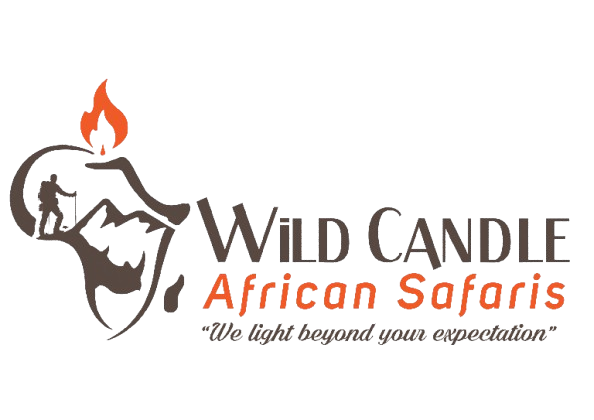“What Makes the Kilimanjaro Climb an Experience Like No Other”
The Beauty of Mount Kilimanjaro
Mount Kilimanjaro is more than just Africa’s highest peak — it’s a symbol of adventure, natural beauty, and the unshakable spirit of explorers from around the world. Towering at 5,895 meters (19,341 feet) above sea level, Kilimanjaro offers an extraordinary journey through a tapestry of ecosystems, making it one of the most unique trekking experiences on Earth.
Climbing Kilimanjaro is an unforgettable adventure for trekkers and mountaineers of all experience levels. Kilimanjaro is known for its non-technical climbing routes, meaning that it doesn’t require technical climbing skills like ice climbing or rock climbing. Instead, it’s a test of endurance, making it an appealing option for trekkers who are physically fit and well-prepared but not necessarily experienced climbers.

Why Mount Kilimanjaro is So Special?
Unlike many other major peaks, Mount Kilimanjaro is a free-standing, snow-capped volcano surrounded by lush forests, alpine meadows, and expansive savannahs. Many visitors in Tanzania are likes to climb this historical Mountain due to the different features that arfe found there. Also Mounta Kilimanjaro it has five distinct climate zones, that each with its own breathtaking scenery and biodiversity that mostly make the Mount Kilimanjaro to very special, and these distinct features are:
-
Cultivation Zone – Fertile farmlands at the base, filled with banana plantations and coffee farms.
-
Rainforest Zone – Dense, misty forests home to colobus monkeys, birds, and lush vegetation.
-
Heather & Moorland Zone – Scenic trails and surreal landscapes with giant groundsels and lobelias.
-
Alpine Desert Zone – Harsh, moon-like terrain with little vegetation and wide-open skies.
-
Arctic Summit Zone – The icy, glacial crown of the mountain, a surreal sight in equatorial Africa.
Mount Kilimanjaro is actually made up of three volcanic cones:
-
Kibo (the highest and still potentially active)
-
Mawenzi
-
Shira
Its volcanic history is visible in its cratered summit, lava formations, and ash pits, adding a layer of geological wonder to the journey.
Whether you’re gazing up at the Uhuru Peak or watching the sun rise above the clouds, every moment on Kilimanjaro is pure magic.
Unlike other major peaks that require technical climbing, Kilimanjaro is accessible to adventurous trekkers of all experience levels. It offers a once-in-a-lifetime journey through five distinct climate zones, from tropical rainforest and alpine desert to arctic summit. The diversity of landscapes, flora, and fauna makes every step of the ascent a breathtaking experience.
Kilimanjaro is also deeply woven into the cultural and spiritual fabric of Tanzania. For many, summiting Kilimanjaro is not just a physical challenge, but a transformative personal achievement. It’s no wonder that thousands of trekkers from around the world dream of standing on Uhuru Peak, watching the sunrise above the clouds.
Whether you’re a seasoned hiker or a first-time adventurer, Mount Kilimanjaro is more than a mountain, it’s a journey, a symbol, and a story you’ll carry for the rest of your life.
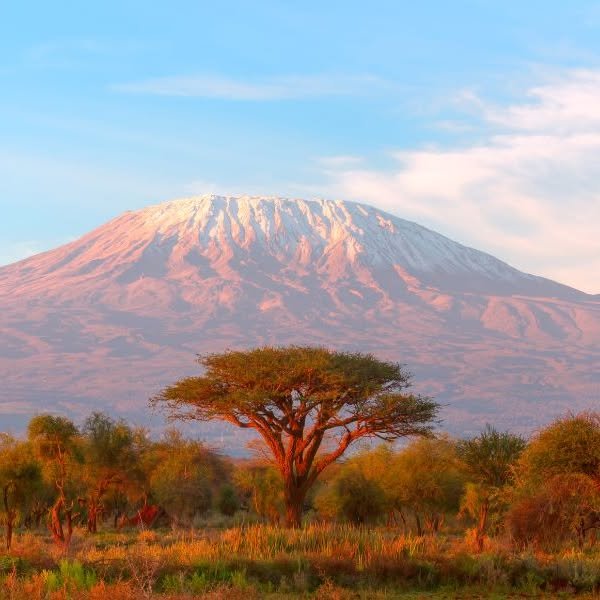
📅 Best Time to Visit Mount Kilimanjaro
Choosing the right time to climb Mount Kilimanjaro is key to ensuring the best weather, trail conditions, and overall experience. The best time to climb Mount Kilimanjaro is during the dry seasons, which are from late June to October and late December to February.
These months are ideal for several reasons:
1. Weather:
-
Dry seasons mean less rain, which makes trekking easier and safer, especially on the steeper routes.
-
Clear skies allow for better visibility and panoramic views of the surrounding landscapes.
2. Temperatures:
-
During these months, temperatures are more moderate, which is crucial for comfort, especially when acclimatizing at high altitudes.
3. Popularity:
-
These months are also peak trekking seasons, so the trails are busier with more climbers, but this also means more support, guides, and other climbers to share the experience.
⚠️Avoiding the Rainy Seasons,
-
March to May (long rainy season) and November to early December (short rainy season) are generally less favorable for climbing because trails become slippery, and weather conditions can be harsh.
If you’re looking for a balance between good weather and avoiding the crowds, late September to early October is a great option!.
Best Routes for Climbing Mount Kilimanjaro
Choosing the best route for climbing Mount Kilimanjaro depends on your fitness level, time constraints, and personal preferences. There are several well-established routes, each offering unique experiences, scenery, and challenges. Below, I’ll break down some of the most popular routes to help you decide which one is the best fit for your Kilimanjaro adventure.
1. Lemosho Route 🌟 (Most Scenic and Popular)
Best For: Adventurers who want a longer, scenic route with great acclimatization time.
-
Duration: 7-9 days
-
Scenic Value: The Lemosho Route is considered the most beautiful and diverse. It takes you through lush rainforests, moorlands, and alpine deserts, culminating at the iconic Uhuru Peak.
-
Acclimatization: With its longer duration, this route offers better acclimatization to help increase summit success.
-
Difficulty: Moderate to Challenging.
-
Highlights: Spectacular views of Mount Kilimanjaro from Shira Plateau, panoramic vistas of the Northern Circuit, and the chance to enjoy quieter trails.
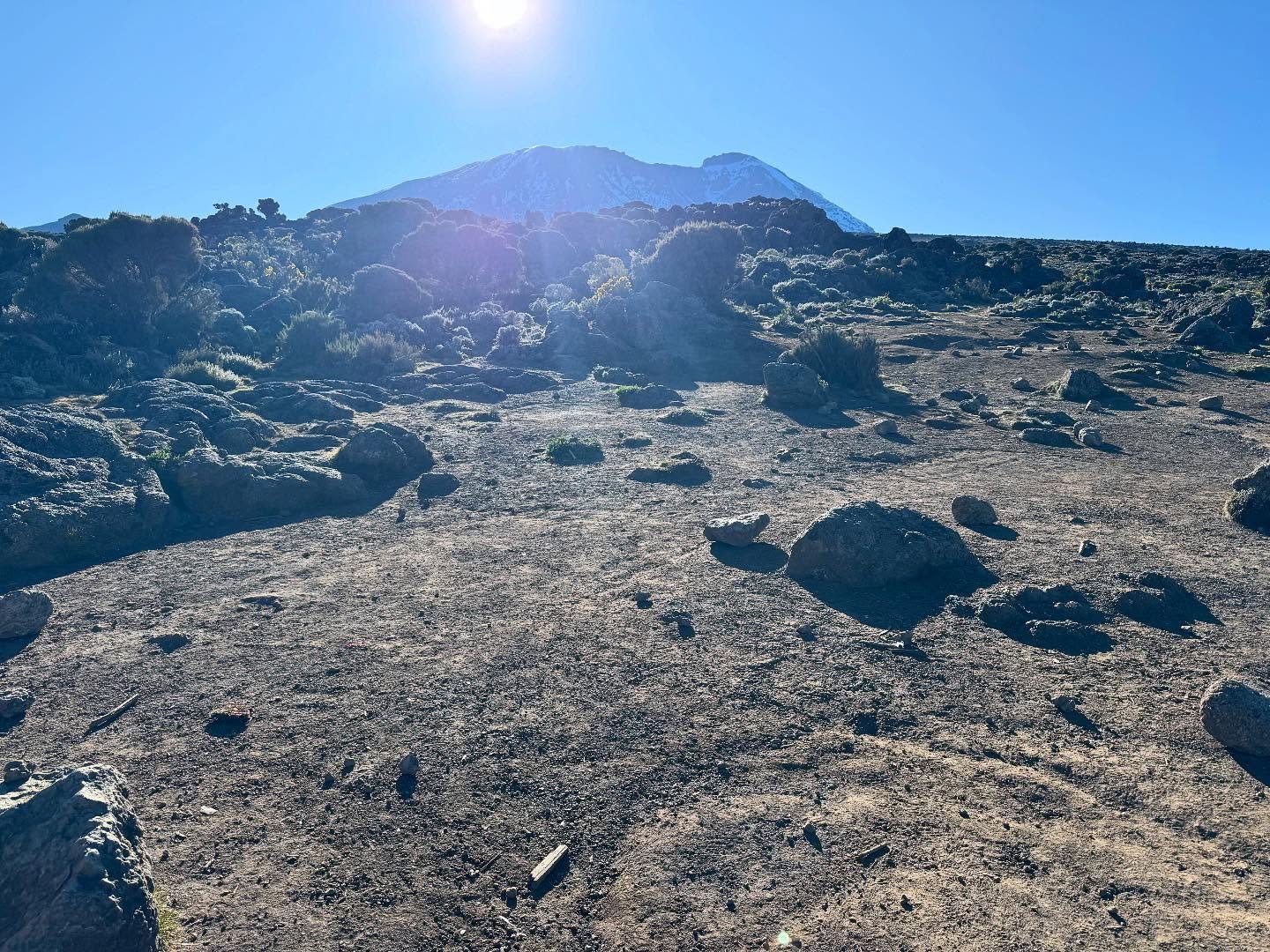
2. Machame Route 🌄 (Most Popular and Direct)
Best For: Those seeking a balance between a scenic experience and a challenging climb.
-
Duration: 6-7 days
-
Scenic Value: Known as the “Whiskey Route”, the Machame Route offers stunning landscapes and a diverse range of environments. It’s one of the most popular and well-frequented routes.
-
Acclimatization: While it’s a slightly shorter route, the Machame is a good option for those who are fit but still want to take it up a notch in difficulty.
-
Difficulty: Moderate to Challenging.
-
Highlights: Sunrise views from Barranco Wall, Shira Plateau, Mweka Camp, and Steep slopes add to the adventure.

3. Marangu Route 🛤️ (Easiest and Most Comfortable)
Best For: Climbers looking for a more comfortable and faster route.
-
Duration: 5-6 days
-
Scenic Value: The Marangu Route, often referred to as the “Coca-Cola Route”, is the only route with hut accommodation (other routes use tents). While it’s the easiest route, it is less scenic compared to others.
-
Acclimatization: Its shorter duration and lack of altitude adjustment can result in lower summit success rates, so it’s important to factor in that it’s not ideal for slow acclimatization.
-
Difficulty: Moderate.
-
Highlights: The easiest route in terms of terrain, with a well-maintained path and hut-based accommodation throughout.

4. Rongai Route 🏞️ (Quieter and More Remote)
Best For: Those who prefer a quieter, more remote experience and want to avoid crowds.
-
Duration: 6-7 days
-
Scenic Value: The Rongai Route begins on the northern side of the mountain and is quieter, often less crowded than other routes.
-
Acclimatization: This route has slightly less scenic variety, but it is a good choice for those seeking a different experience, with less elevation gain per day.
-
Difficulty: Moderate.
-
Highlights: The chance to see Kilimanjaro’s northern slopes and wildlife, including elephants, and panoramic views at Kibo Peak.

5. Northern Circuit Route 🌍 (Most Remote and Scenic)
Best For: Experienced climbers who have the time to enjoy an adventurous and scenic experience with plenty of acclimatization.
-
Duration: 9-10 days
-
Scenic Value: The Northern Circuit is the newest and longest route on Kilimanjaro. It offers incredible panoramic views and takes you around the northern side of the mountain, away from the main tourist trails. It’s great for those who want to experience the most remote and untouched parts of the mountain.
-
Acclimatization: With its extended duration, it offers the best acclimatization and higher summit success rates.
-
Difficulty: Challenging.
-
Highlights: The route offers spectacular views of Shira Plateau, the Shira Crater, and Mount Meru, with incredible wildlife and fewer crowds.
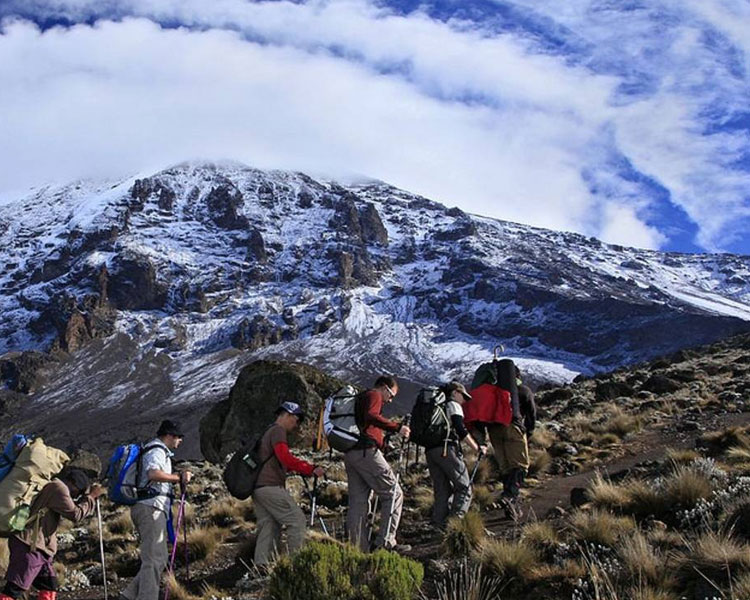
6. Umbwe Route 🧗 (Tough and Direct)
Best For: Experienced and fit climbers seeking a challenging, direct route.
-
Duration: 5-6 days
-
Scenic Value: Umbwe is known as the most difficult route due to its steepness and lack of acclimatization opportunities. It offers fewer distractions and is less traveled.
-
Acclimatization: Because of the steep ascent, it’s not ideal for those without experience and proper acclimatization.
-
Difficulty: Very challenging.
-
Highlights: A direct and demanding climb with stunning views for experienced trekkers, but it is one of the more difficult routes for altitude adaptation.
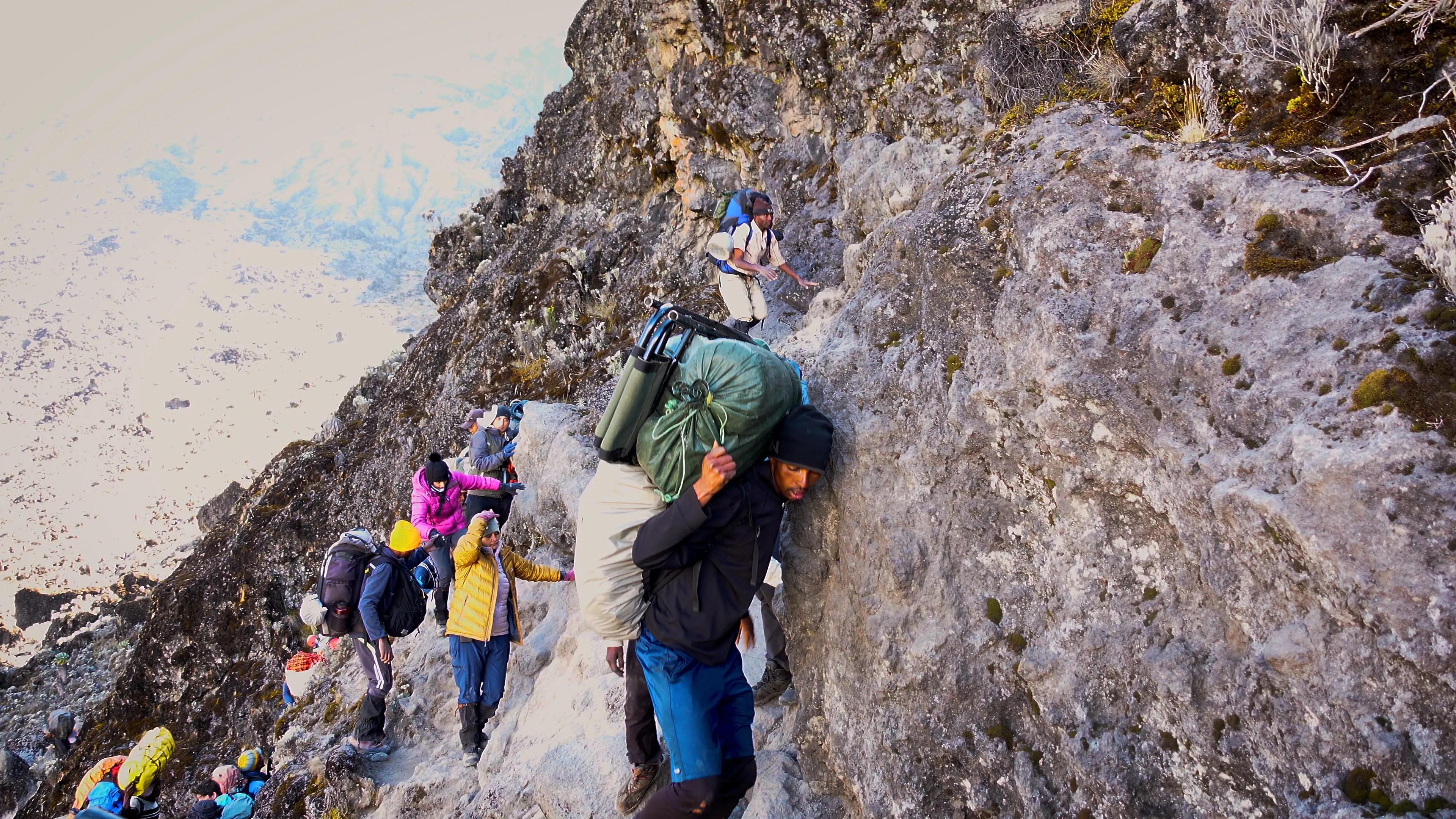
Which Route is Best for You?
If you want the most scenic route:
-
Lemosho Route is the top choice, offering unparalleled beauty and plenty of acclimatization.
If you want the most popular route:
-
Machame Route is highly recommended, combining great scenery with a solid challenge.
If you want the easiest route:
-
Marangu Route is the most straightforward and comfortable, with hut accommodations.
If you want a quieter, more remote experience:
-
Rongai Route is the best choice, offering a less crowded experience with good views.
If you’re looking for a more adventurous and extended climb:
-
The Northern Circuit offers the most remote and scenic option, though it’s a longer journey.
If you’re an experienced climber looking for a challenge:
-
The Umbwe Route is your best bet, providing a more difficult climb with fewer crowds.
Challenges of Climbing Mount Kilimanjaro
Climbing Mount Kilimanjaro is an incredible adventure, but it also comes with its challenges that require preparation, mental strength, and a good understanding of the mountain’s environment. Here are the main challenges that climbers face when ascending Kilimanjaro:
1. Altitude Sickness (Acute Mountain Sickness – AMS)
2. Physical Endurance
3. Unpredictable Weather
4. Dehydration and Poor Nutrition
5. Mental Fatigue
6. Physical Exhaustion and Lack of Sleep
7. Summit Night
8. Risk of Injury
9. Glacier and Ice Conditions at the Summit
10. Altitude-induced Fatigue and Sleep Issues
How to Overcome These Challenges
-
Choose the Right Route: Opt for a route with plenty of acclimatization time (like Lemosho or Northern Circuit) to increase your chances of a successful summit.
-
Train Physically: Build your endurance with hill training, cardio, and strength exercises in the months leading up to your climb.
-
Take Your Time: Don’t rush the climb — slow and steady wins the race. Prioritize rest and acclimatization.
-
Hire Experienced Guides: Wildcandle Safaris provides knowledgeable, professional guides who are familiar with the mountain and can help you overcome challenges effectively.
Trekking Kilimanjaro is not just a hike — it’s a serious high-altitude expedition, and the right support team can make all the difference. Wildcandle Safaris is a leading Tanzania-based tour company offering all-inclusive Kilimanjaro tour packages tailored to your level of experience, time, and preferences.
When you book a Kilimanjaro climb with Wildcandle Safaris, your package typically includes:
-
Expert route consultation
-
National park fees & permits
-
Porters and cooks
-
Accommodation before and after the climb
-
Meals throughout the trek
-
Emergency evacuation support
-
Summit certificate
-
Optional cultural excursions (Maasai village visit, local market tour)
Make the Climb of a Life Time
Climbing Mount Kilimanjaro is more than reaching a summit — it’s about conquering your fears, connecting with nature, and creating memories that last forever. From its breathtaking beauty to its challenging terrain, Kilimanjaro is a life-affirming experience. With Wildcandle Safaris, you’re not just climbing a mountain — you’re joining a legacy of travelers who dared to dream big.
So pack your boots, bring your spirit, and let Wildcandle Safaris take you to the top of Africa.

Book Your Route Now!!
